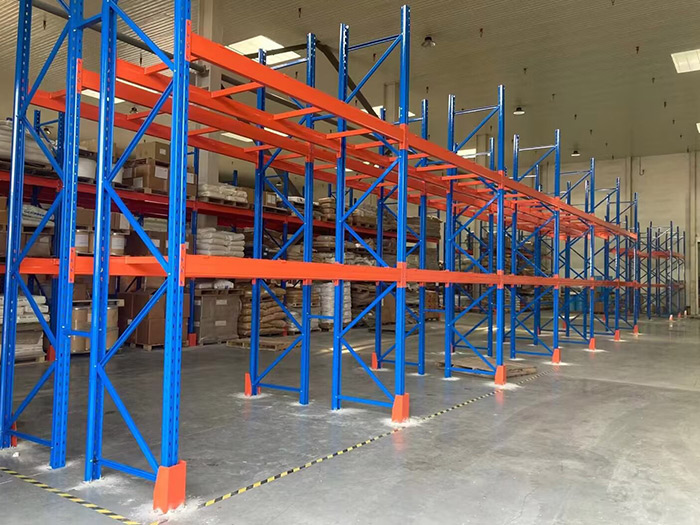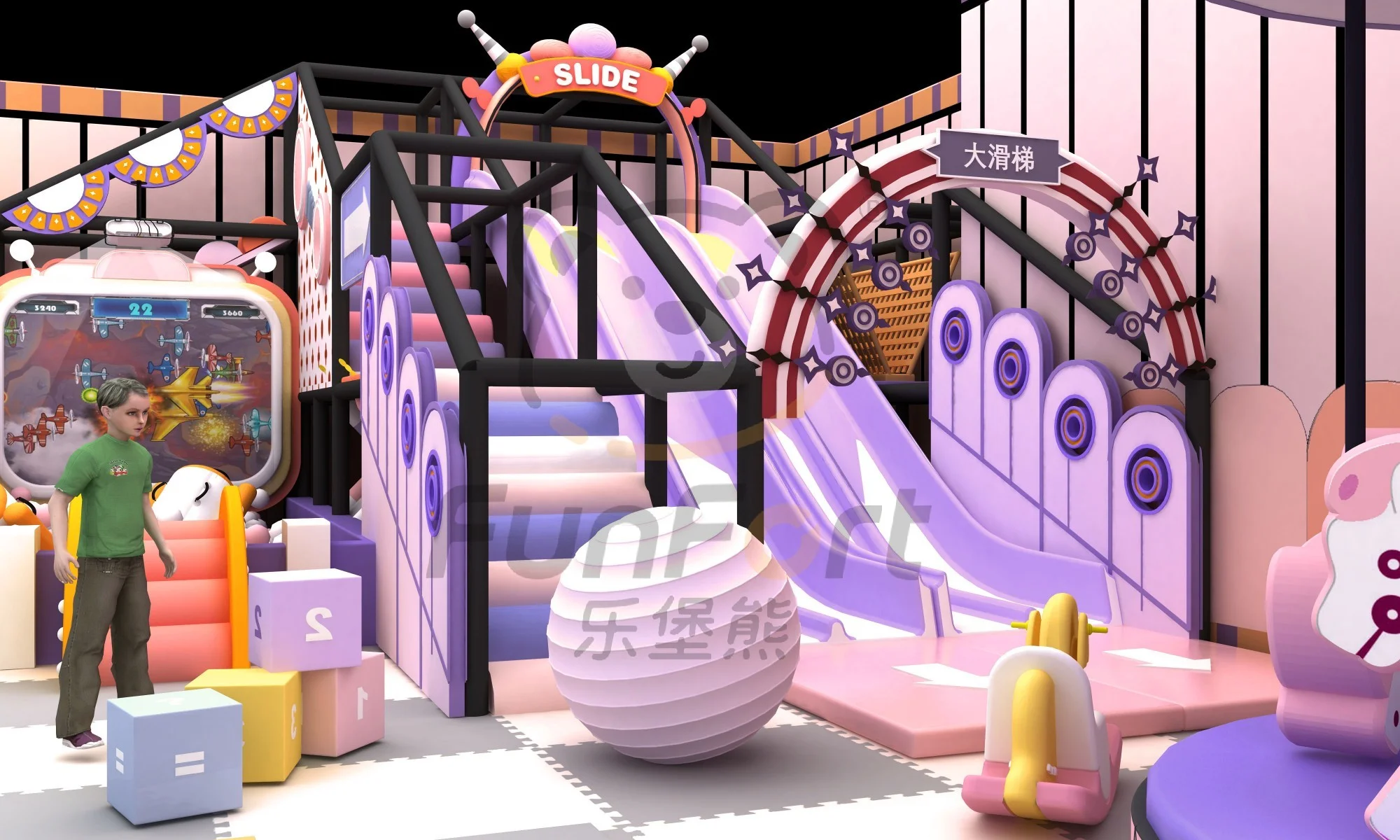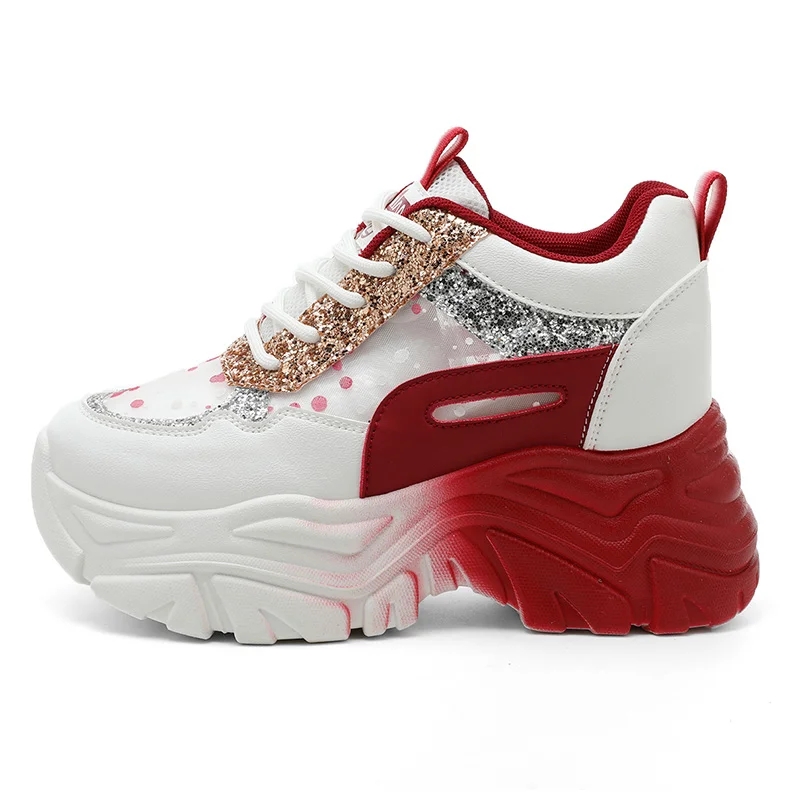Sun-Resistant Materials: The Ultimate Guide to Fading-Free Solutions for Outdoor Applications
In our sun-drenched world, the relentless rays of ultraviolet (UV) light can wreak havoc on various materials, leading to fading, discoloration, and degradation. Whether you're designing outdoor furniture, selecting materials for a building facade, or choosing fabrics for awnings, understanding which materials resist fading in sunlight is crucial. This article delves into the science behind UV resistance, explores various materials that stand the test of time under the sun, and provides practical applications for each.
Understanding UV Radiation and Material Degradation
Before we dive into specific materials, it's essential to understand how UV radiation affects different substances. UV radiation is divided into three types: UVA, UVB, and UVC. While UVC is mostly absorbed by the Earth's atmosphere, UVA and UVB can penetrate materials, causing chemical reactions that lead to fading and degradation.
The fading process typically involves the breakdown of chemical bonds in pigments and dyes, leading to a loss of color intensity. This degradation can also weaken the structural integrity of materials, making them more susceptible to wear and tear. Therefore, selecting materials that can withstand UV exposure is paramount for longevity and aesthetic appeal.
Materials That Resist Fading in Sunlight
- Acrylic and Polycarbonate Plastics
- Properties: Both acrylic and polycarbonate are known for their excellent UV resistance. Acrylic is lightweight, shatter-resistant, and maintains clarity over time, while polycarbonate offers superior impact resistance.
- Applications: These materials are commonly used in outdoor signage, skylights, and protective barriers. For instance, polycarbonate panels are often utilized in greenhouses due to their ability to transmit light while blocking harmful UV rays.
- High-Density Polyethylene (HDPE)
- Properties: HDPE is a thermoplastic known for its high strength-to-density ratio and excellent resistance to UV radiation. It does not fade easily and is resistant to moisture, making it ideal for outdoor use.
- Applications: This material is widely used in outdoor furniture, playground equipment, and storage containers. Its durability and color retention make it a popular choice for manufacturers looking to create long-lasting products.
- Solution-Dyed Fabrics
- Properties: Unlike traditional dyed fabrics, solution-dyed fabrics have color pigments added during the polymer manufacturing process. This method results in superior colorfastness and UV resistance.
- Applications: These fabrics are ideal for outdoor upholstery, awnings, and marine applications. Brands often use solution-dyed acrylics for patio furniture cushions, ensuring they retain their vibrant colors despite prolonged sun exposure.
- Metal Finishes
- Properties: Certain metal finishes, such as powder coating and anodizing, provide excellent UV resistance. Powder coating involves applying a dry powder that is then cured under heat, creating a hard, protective layer that resists fading.
- Applications: Powder-coated aluminum is commonly used for outdoor furniture and railings, while anodized aluminum is favored for architectural applications due to its enhanced corrosion resistance and color retention.
- Glass
- Properties: While glass itself does not fade, the coatings applied to it can significantly enhance its UV resistance. Low-E (low emissivity) glass reflects UV rays while allowing visible light to pass through, minimizing fading of interior furnishings.
- Applications: Low-E glass is widely used in windows and skylights, providing energy efficiency and protecting indoor spaces from UV damage.
Choosing the Right Material for Your Needs
When selecting materials for outdoor applications, consider the following factors:
- Exposure Duration: Assess how long the material will be exposed to sunlight. For items that will be in constant sunlight, prioritize materials with high UV resistance.
- Environmental Conditions: Consider other environmental factors such as humidity, temperature fluctuations, and exposure to saltwater, which can also affect material performance.
- Aesthetic Preferences: While durability is crucial, the visual appeal of the material should not be overlooked. Choose colors and finishes that align with your design vision while ensuring they are resistant to fading.
Conclusion
In a world where aesthetics and durability are paramount, understanding which materials resist fading in sunlight is essential for making informed choices. From acrylic and HDPE to solution-dyed fabrics and advanced metal finishes, a variety of options exist to meet your outdoor needs. By selecting the right materials, you can ensure that your projects not only withstand the test of time but also maintain their beauty under the sun's relentless rays.


